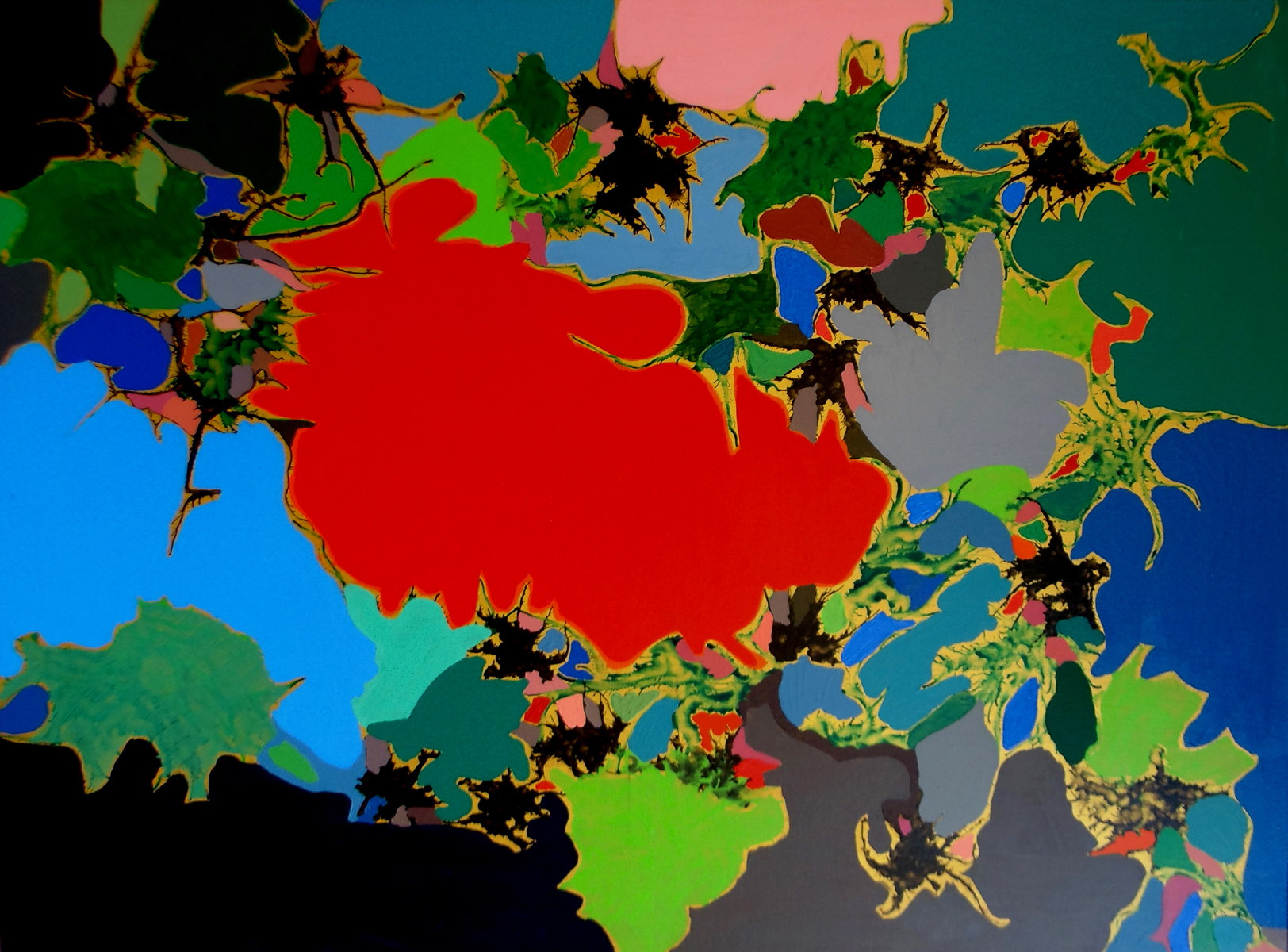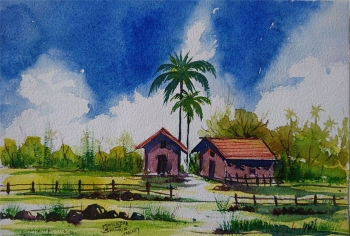
Abstract Art: A Brief History
In western art history, a painting had to traditionally epitomize something. At that time, there were no cameras; therefore, rich people generally needed something to adorn their walls with that would reflect their style and opulence; therefore, they choose paintings as the medium to adorn there living spaces. During the Renaissance, the art world witnessed some drastic changes and path-breaking developments. However, things changed with the passage of time. It was in around 1870 in France that there emerged a group of painters that later became to be known as the Impressionists. The Impressionists intended to capture the impressions or imprints of a scene instead of going deep into the details. Initially, the public was hostile towards the Impressionists, so much so that these artists were not accepted into the art circle. Artists who practiced this technique intended to capture a moment in time and often created works of art outdoors instead of working in a studio. They incorporated visible brush strokes with the intention of showing the varying qualities of light. The colors were also smeared side by side with very little blending so that the viewer’s eyes would optically blend them together. The Impressionists also altered the content. They no longer arranged their subjects to demand the attention of viewers; rather instead they distorted the margin between the subject and background. Monet and Renoir were the two gems who belonged to this generation of Impressionists.
The Impressionists were followed by Post-Impressionists. Many great artists of the painting world like Lautrec, Cezanne, Gaugin, Seurat and van Gogh belong to this league. After Post-Impressionists, the early 20th century witnessed the emergence of a group of artists that came to be known as “Les Fauves,” the French word which is means “Wild Beasts” in English. Their art was labelled as “Fauvism”. These artists followed their instincts and painted paintings that depicted wild brushwork and bright colors. The subject matter that they choose was more simplified than their predecessors and had a hint of abstraction. Henri Matisse was one of the eminent artists who practiced Fauvism. Fauvism was succeeded by Cubism, a movement which was initiated by Pablo Picasso and George Braque. In cubism, objects appeared as if they were broken and then reassembled. Artists looked at the subject from differed viewpoints.
Also Read: The World of Abstract Art
Every new movement in the art world was a reaction to the movement that came before it. While the Impressionists shunned the idea that paintings should represent something, the Fauvists took this to a step further and did not use usual colors. Cubists brought a paradigm shift and challenged the concept of a subject. For the colors, lines and textures formed the subjects of a painting. All these movements contributed to the emergence of abstract art. The different approaches of abstract paintings cover different movements like Expressionism, Fauvism and Cubism.
In this age of online art galleries, we often come across some paintings online that don’t have a recognizable subject. In layman’s language, such painting that does not have a recognizable subject is termed as an abstract painting. Abstract artists do not try to create such work that looks like something. Instead, they focus more on color and form. Abstract painting is simply a non-objective and non-representational work of art. Abstract paintings can be geometric, like the artworks of Mondrian or they can be more fluid like the paintings that Kandinsky painted.
In short, abstract artists introduced us to a whole new world, where painting did not have to look like anything perceptible and made us understand that a painting can be made with a tasteful arrangement of patterns, lines, colors and textures.
Understanding and Appreciating Abstract Art
The advent of online art selling portals has certainly made art easily accessible to all. The overwhelming presence of paintings online can leave a potential buyer baffle as to what should he buy for our home. The answer to this question is pretty simple – buy a good piece of artwork that is able to hold your attention and stimulate you emotionally. As a potential buyer and viewer of abstract painting, ask yourself the following questions before buying abstract paintings online:
- Are you trying to figure out what the painting looks like or signifies, instead of allowing something to emerge from what you see in front of you?
- What are the elements, colors, and texture of the painting?
- How do these interact with each other?
- What emotions does the painting evoke?
- What is the title of the painting and how is this influencing what you see?
- Have you allowed enough time to make a connection with the painting?
The answers to these questions will not only help you make a learned decision but will also help you understand and appreciate an abstract painting.





















